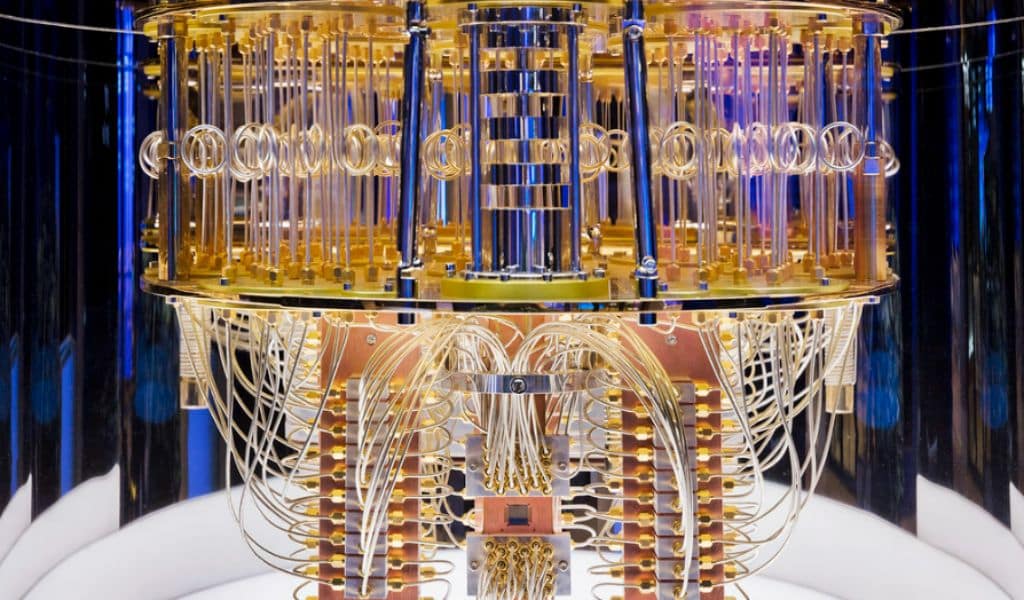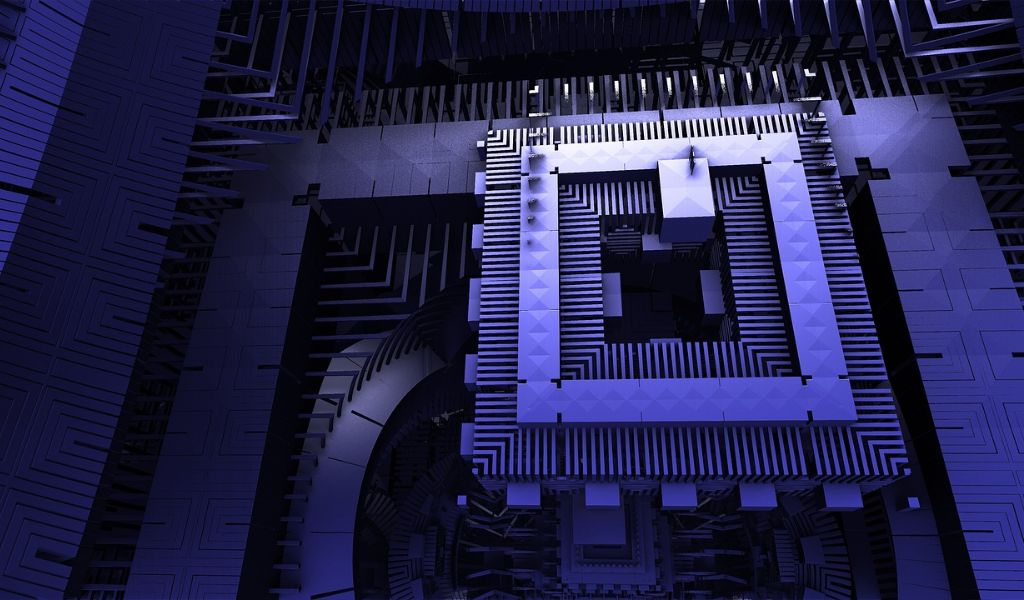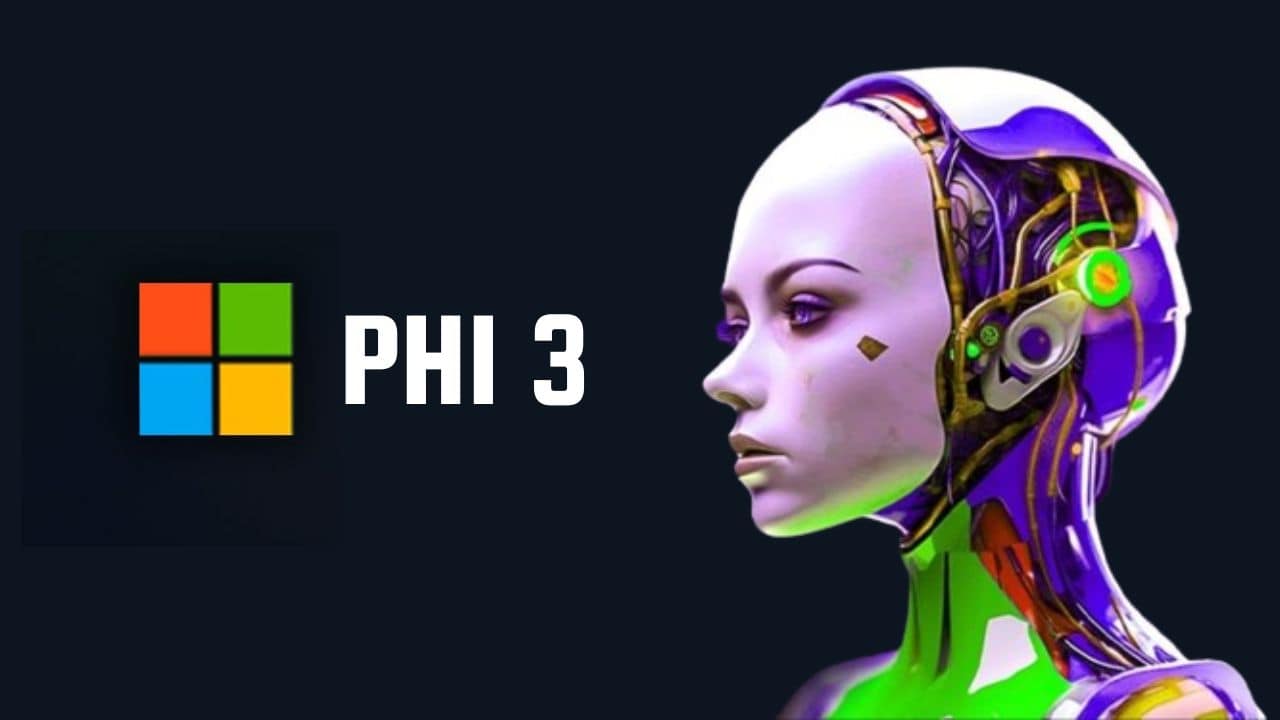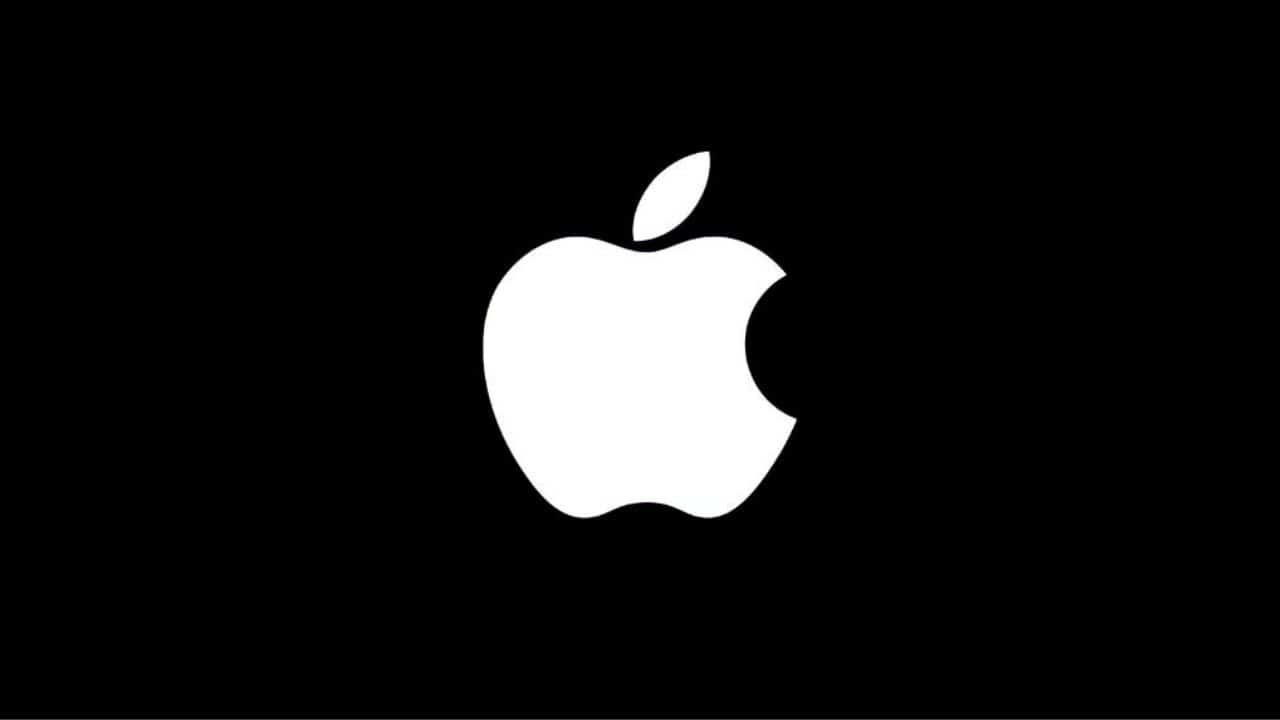Listen to the Podcast:
Google has announced that it has made a breakthrough in the correction of errors that are inherent in the quantum computers that are currently in use. This represents an early but potentially significant step toward overcoming the most significant technical barrier to a revolutionary new form of computing.
According to Hartmut Neven, who is in charge of Google’s quantum computing operations, the findings of the internet corporation have been published in the journal Nature and represent a “milestone in our quest to construct a viable quantum computer.” He described mistake correction as “a fundamental rite of passage that each quantum computing device has to go through.”
Read Also: Google Maps Tricks
The quantum bits, also known as qubits, on which quantum computers are based can only maintain their quantum states for a small fraction of a second, making it difficult to produce useful results. Any information encoded in a quantum system will be lost before the computer can finish its calculations. The most difficult and time-consuming technical problem that the industry is currently facing is trying to find a solution to remedy the faults that this causes.

Even if this only results in a marginal improvement over conventional computers, certain quantum start-ups have pinned their hopes for the near future on discovering ways to program today’s error-prone or “noisy” machines. This is the case even though these machines are becoming increasingly sophisticated. Unfortunately, those attempts have not yet resulted in any practical results, leading to the rising belief that quantum computing will not be viable until the much more significant challenge of error correction is overcome.
The researchers at Google said they had found a way to distribute the data being processed by a quantum computer across many qubits so that the whole system could retain enough to finish a calculation, even as individual qubits fell out of their quantum states. This was accomplished by spreading the data across many qubits so that the system as a whole could retain enough to finish the calculation.
Read More: Google New Features for Android
The research conducted and published in Nature indicated that there was only a 4% decrease in the error rate due to Google’s scaling up its technique to run on a larger quantum system. However, the researchers noted that this was the first time that increasing the size of the computer had not also led to an increase in the mistake rate. Neven stated that it demonstrated that Google had passed a “break-even point,” after which further advancements would bring steady gains in performance, putting the company on the path to having its first practical quantum computer. Neven was referring to the point at which further advancements would bring steady gains in performance.
According to Julian Kelly, a Google researcher, the breakthrough in error correction was the result of improvements that Google had made to all components of its quantum computer, from the quality of its qubits to its control software and the cryogenic equipment that was used to chill the computer to near absolute zero. He went on to say that as a result, the total number of errors had been cut down to such a negligible level that it was now possible to expand the scale of the system without causing exponential growth in the number of errors.
Google stated that the development was only the second of six steps required to build a quantum computer that could be used in the real world. The following phase involved perfecting its engineering to the point where it would only require 1,000 qubits to generate a so-called “logical qubit.” A logical qubit is an abstraction created on top of imperfect physical qubits and can operate without mistakes. According to Neven, Google believes it will have a useful machine after it has figured out how to construct and link one thousand logical qubits into a single system.
Know More: Google Chrome Memory and Energy Saving Mode
The scientific claims made by Google about quantum computing in the past are controversial. In 2019, the company announced in an article published in Nature that it had achieved what is known as “quantum supremacy.” This refers to the point at which a quantum computer can finish a computation impossible for a conventional machine to accomplish for all intents and purposes.
This declaration, however, was called into question by IBM and other companies, and new programming techniques were created to boost the performance of traditional computers. As a result, the time that quantum machine manufacturers could claim to have reached “supremacy” was pushed back.
In an article published this week in Nature, researchers from Google declared that they were approaching their most recent purported scientific achievement with “caution.” They cautioned that there was still a remote possibility that their error-correction strategy would fail to function in the future when it was applied to far larger quantum systems.






































